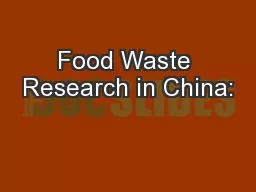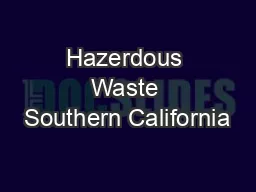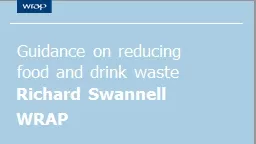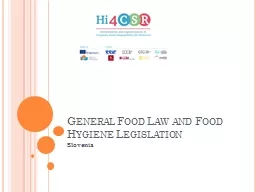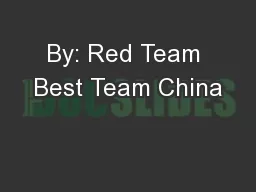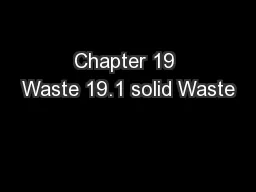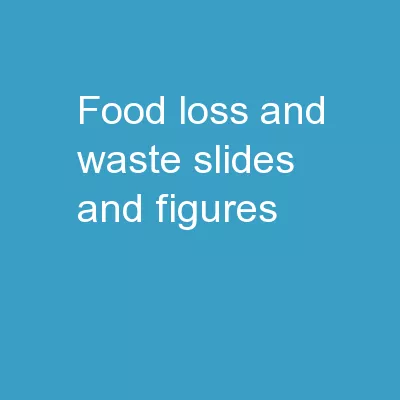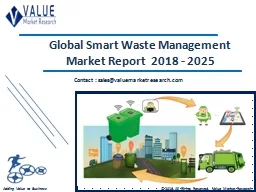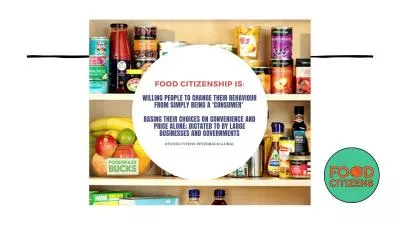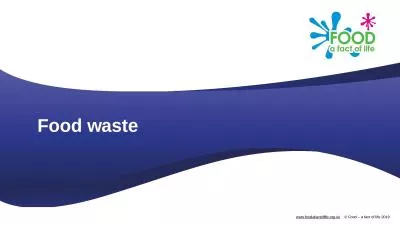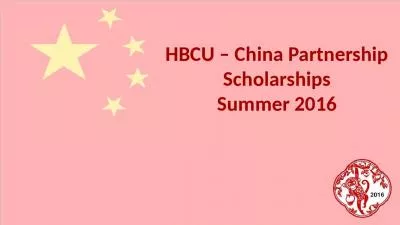PPT-Food Waste Research in China:
Author : mitsue-stanley | Published Date : 2017-09-14
Motivation Field Study and Preliminary Results Shengkui Cheng Institute of Geographical Sciences and Natural Resources Research IGSNRR Chinese Academy of Sciences
Presentation Embed Code
Download Presentation
Download Presentation The PPT/PDF document "Food Waste Research in China:" is the property of its rightful owner. Permission is granted to download and print the materials on this website for personal, non-commercial use only, and to display it on your personal computer provided you do not modify the materials and that you retain all copyright notices contained in the materials. By downloading content from our website, you accept the terms of this agreement.
Food Waste Research in China:: Transcript
Download Rules Of Document
"Food Waste Research in China:"The content belongs to its owner. You may download and print it for personal use, without modification, and keep all copyright notices. By downloading, you agree to these terms.
Related Documents

